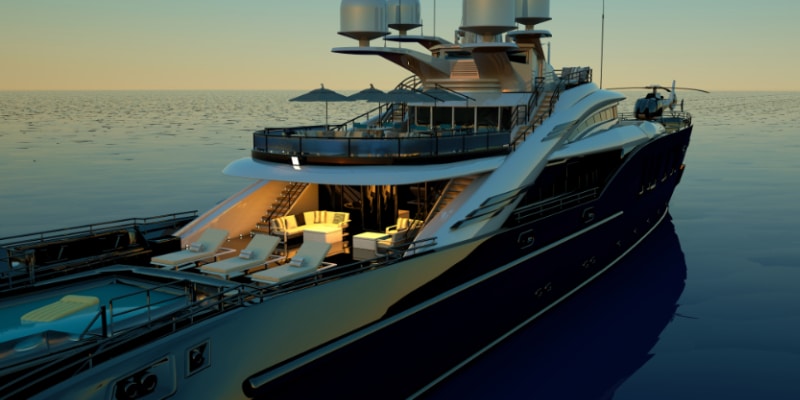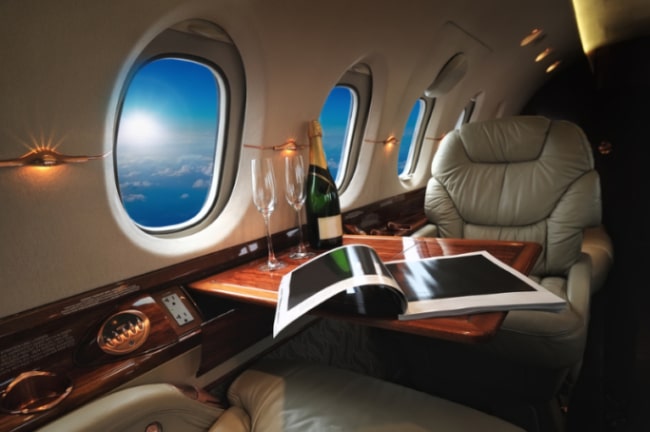Carbon fibre in yachts
Composite materials such as glass fibre and carbon fibre are commonly used in the fabrication of yachts and superyachts.
Carbon fibre composite material is made of organic polymers set in resin. With a distinct look and high performance, it is suitable for both structural and cosmetic applications, inside and outside the yacht. Carbon fibre composite uses commonly include the hull of yachts and furniture.
Carbon fibre is light weight and high strength, offering great durability and corrosion resistance which outperforms metals such as aluminium and stainless steel. It’s lightweight further ensures fuel efficiency with lighter and faster yachts achievable. Carbon fibre has increased moisture stability and is low maintenance – perfect for sustained periods of time in the water and at sea.
This has enabled innovations within the yachting industry – most notably, the Pink Gin VI by Baltic Yachts, which is the world’s largest carbon fibre sloop-rigged sailing yacht.


Carbon fibre in Formula 1 cars
Another carbon fibre composite use includes Formula 1 and NASCAR; both utilise carbon fibre for faster and more durable modern racing cars. For these applications, the reduced weight of carbon fibre develops faster and higher performing cars, which are still able to adequately absorb shock and provide a form of heat resistance.
The McLaren MP4/1, first debuted 1981, was one of the first examples of carbon fibre in Formula 1 cars, featuring a monocoque design made entirely from carbon fibre. This provided driver protection whilst enhancing the features of the racing car.
High end road cars also use carbon fibre composite material for its reputation as a high quality and desirable material, which is not mass produced for the automotive industry because of its expense. Carbon fibre’s unique weaved pattern demonstrates this [desirability] for all to see and can be used for external and internal features.
Carbon fibre in aerospace
The aerospace industry was one of the first sectors to utilise carbon fibre with the incorporation of the composite material into Rolls Royce jet engine fan assemblies in the 1960s, when carbon fibre production was beginning to develop. Since then, the production of the material has significantly improved, leading to the aerospace industry making up the majority of carbon fibre composite uses, being used for all types of applications, from seats to structural framing.
For the aerospace industry, carbon fibre presents a great alternative to more traditional materials, such as aluminium and titanium, as a lightweight and high strength material which has great thermal stability and aids optimum performance and fuel efficiency.
Within the aerospace industry, carbon fibre is used for interiors and external applications across spacecraft, aircraft, helicopters and gliders, with the Boeing’s 787 Dreamliner presenting one of the most famous uses of carbon fibre in the aerospace industry.

TALK TO THE EXPERTS
Established in 1985, we have built a strong reputation for manufacturing excellent products within tight timescales and to extremely high tolerances. In order to achieve this, we use state of the art equipment and traditional, time honoured processes and skills.
Call us on:
01455 890 571
Email us at:
sales@pentapatterns.co.uk